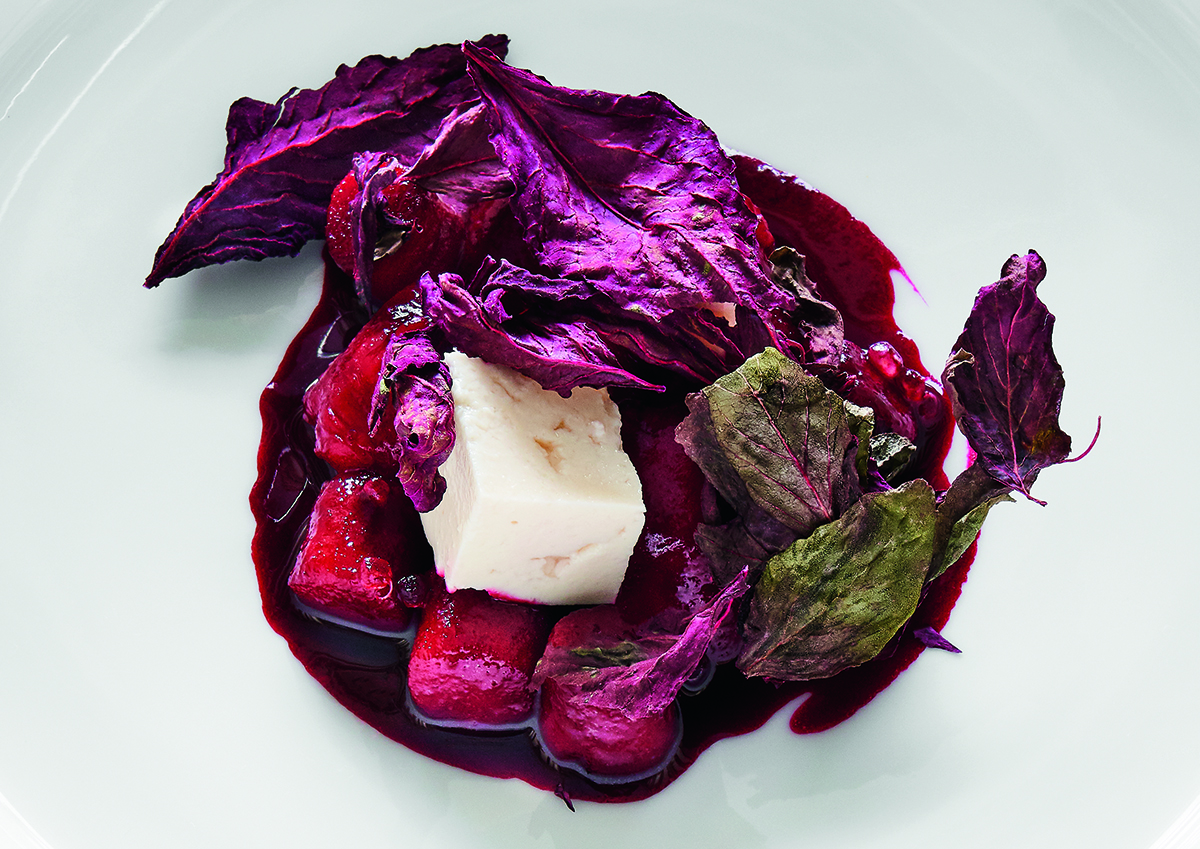
Beet gnocchi from Le Clarence cookbook of recipes by head chef Christophe Pelé. Image © Richard Haughton
Earlier this year, Domaine Clarence Dillon, the luxury French company who owns the iconic Château Haut-Brion estate, published a cookbook of recipes by Christophe Pelé from its two-Michelin-starred restaurant Le Clarence in Paris. Here, we pick three of our favourites to cook at home
Beet gnocchi with amaranth leaves
20 red and green amaranth leaves
For the beet gnocchi
(10 gnocchi per person)
2kg raw beets
3 big Charlotte potatoes
100g flour
2 eggs
40g butter
75g milk
Parmesan cheese
fine sea salt
nutmeg
For the beurre blanc
300g shallots, finely chopped
200g white wine
100g alcohol vinegar
1 bay leaf
5 black peppercorns, crushed
a sprig of thyme
a sprig of rosemary
100g unsalted butter
1 tablespoon Banyulus vinegar
To finish
40g tofu
For the beet gnocchi
Push the beets through a juicer to obtain 500g of juice. Reduce to obtain 100g of juice.
Make a pâte à choux: combine the milk, 50g of reduced beet juice and the butter in a pot and bring it to boil. Remove from the heat and sift the flour into the pot, stirring vigorously to combine.
Dry the dough over a low heat, continuously stirring until it clears the sides of the pot. Transfer the dough into a round-bottomed mixing bowl, and add the eggs one by one. Add the parmesan, salt and nutmeg to taste.
Cook the potatoes in a pot of boiling water. Then, remove from the water, peel and smash into a puree. Add the hot puree to the pâte à choux and knead well until the dough is smooth.
Transfer dough into a piping bag and refrigerate.
Bring a pot of salted water to a simmer. Remove pastry bag from refrigerator, and squeeze and cut 1cm gnocchis directly into the water. Poach for 2 minutes, then remove and return to the cooled beet juice.
For the beurre blanc
Combine all ingredients, except the butter, in a pot. Cook over a low heat for 30 minutes, reducing it almost completely. Transfer 150g of the reduced mixture to another pot over a low heat. Little by little, incorporate the butter, whisking to emulsify.
Strain and add 50g of reduced beet juice and Banyuls vinegar. Allow to cool.
To finish
Drain the tofu and cut it into cubes. Arrange the gnocchi, dried amaranth leaves and tofu cubes on the plate. Finish with the beurre blanc.
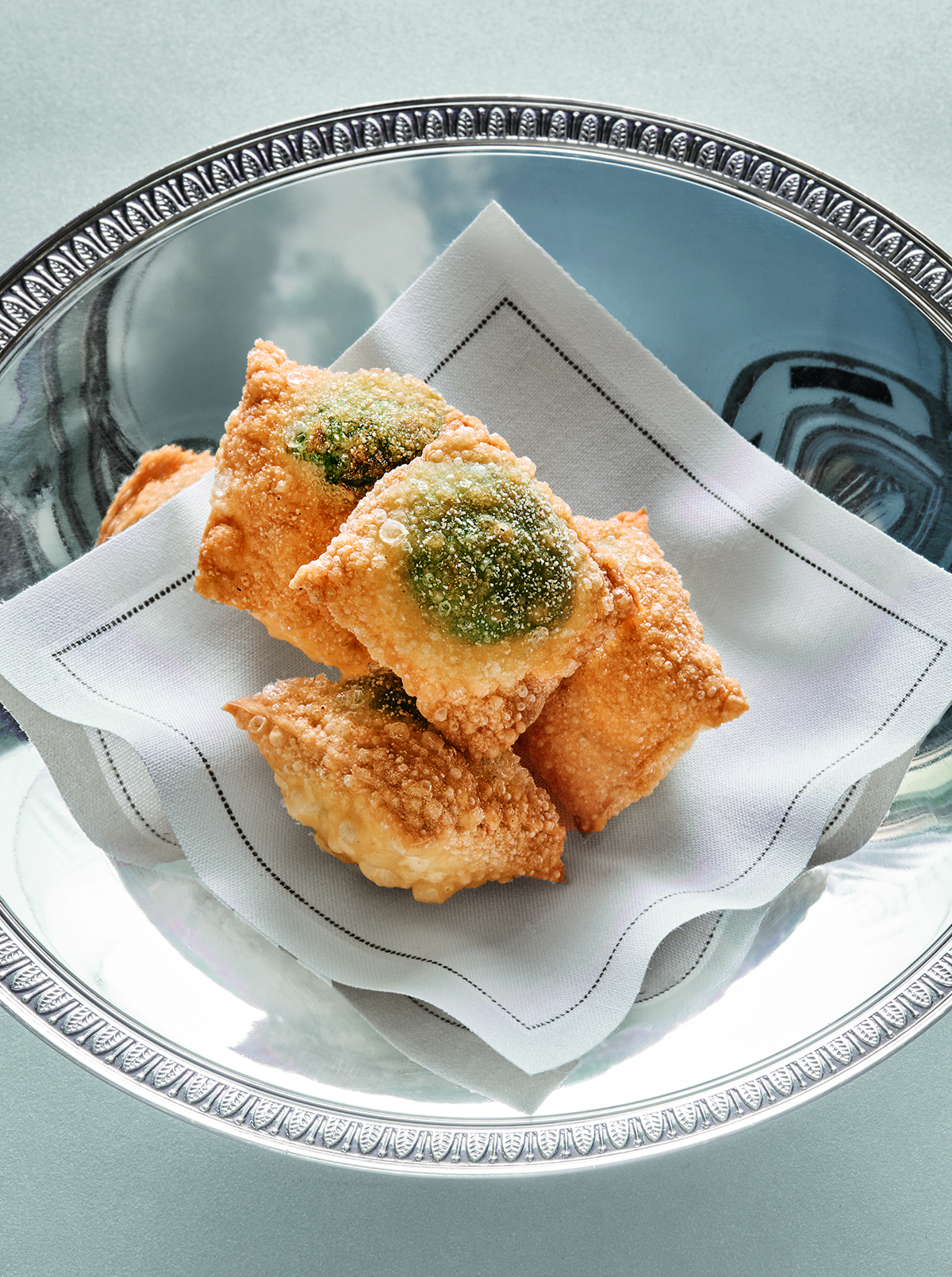
Barbajuans. Image © Richard Haughton
Barbajuans with ricotta & spinach
Makes 50
For the filling
200g spinach
400g ricotta
black pepper
the zest of 1 lemon
a drizzle of extra virgin olive oil
For the dough
500g flour
5g salt
265g water
25g extra virgin olive oil
fine semolina
olive oil for frying
To finish
Kuro shichimi (a speciality of Kyoto, generally composed of white and black sesame sees, red chili pepper, sansho peppercorns, poppy seeds, linseeds and green seaweed).
fleur de sel
For the filling
Blanch the spinach for 1 minute in boiling water. Drain and finely chop.
Mix the chopped spinach with ricotta. Season with lemon zest, salt, pepper and olive oil.
For the dough
Combine the flour and salt in a mixer fitted with a chopping blade. Mix, adding water and olive oil little by little. Once a dough begins to form, remove and knead by hand until smooth.
Cover with a kitchen towel and let sit for 20 minutes. Then, roll it finely (2mm thick) and place a small spoonful of filling onto the dough, cover with another strip of dough and then cut into squares.
Line a baking sheet with a dish towel, and dust fine semolina over the towel. Transfer barabjuans onto baking sheet and refrigerate.
Before serving, fry the barbajuans in oil heated to 180 degrees centigrade, until they are golden. Drain on paper.
To finish
Dust with a pinch of fleur del sel and kuro shichimi.
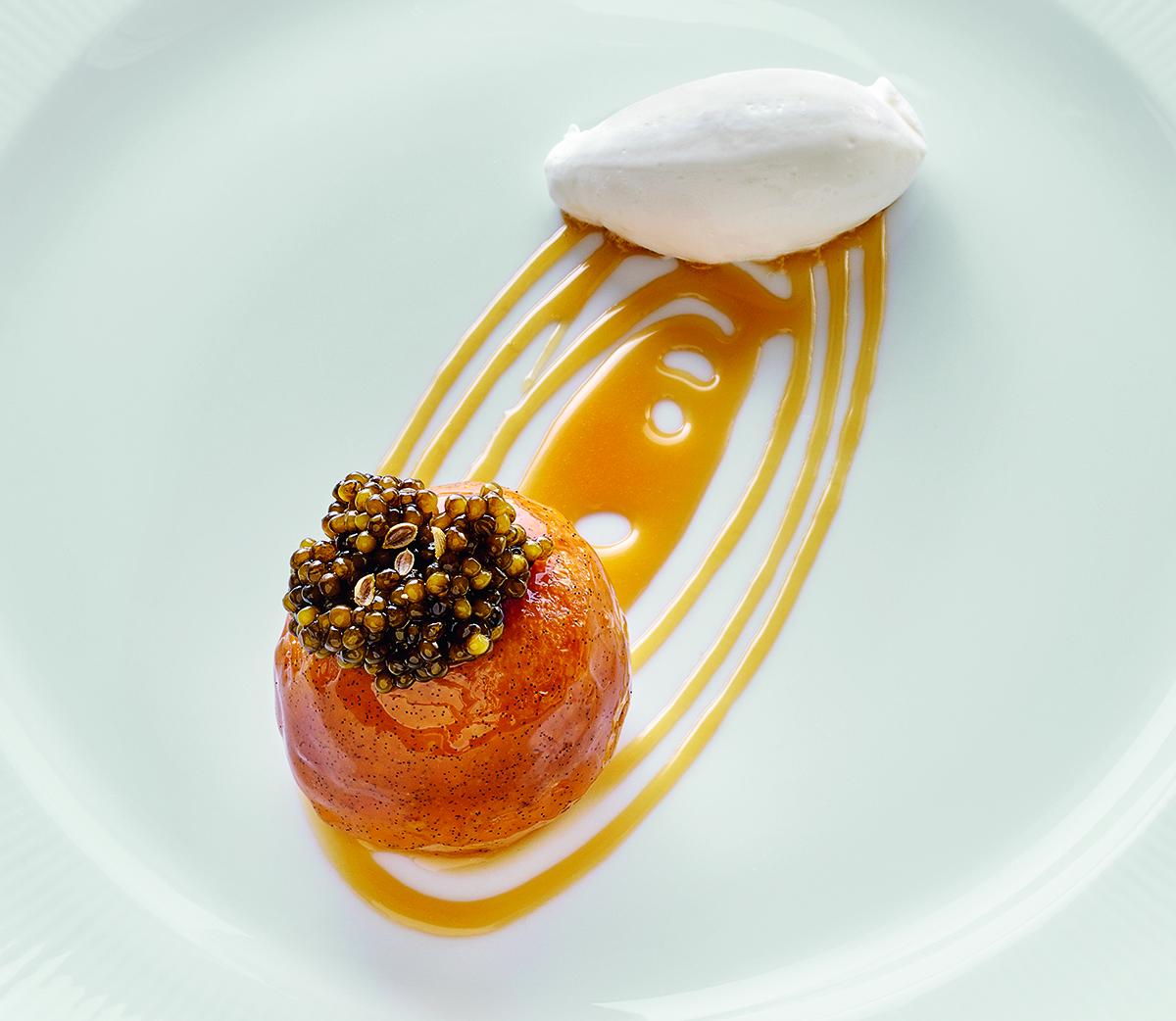
Baba au rhum. Image © Richard Haughton
Baba au rhum
For 45 mini-babas
300g flour
10g sugar
5g salt
15g fresh yeast
150g eggs
120g milk
80g butter, room temperature
For the soaking syrup:
500g sugar
1 litre water
1 orange
1 lemon
2 vanilla beans, split and scraped
For the grapefruit caramel
150g sugar
300g grapefruit juice
50g butter
For the goat’s cheese cream
150g heavy whipping cream
50g fresh goat’s cheese
For the mini-babas
Combine all ingredients except the butter in the bowl of a stand mixer fitted with a dough hook. Knead until a dough begins to form, then add the butter in pieces. Knead on medium speed until the butter is completely absorbed, then on high speed for 2 minutes.
Transfer the dough into a stainless steel bowl, form a ball, cover it and allow to rise for 15 minutes.
Punch the dough back down and allow to rise for 10 more minutes.
Transfer dough to pastry bag and squeeze to fill three-quarters of each mould. Allow to rise 5 to 10 minutes, until the dough is nicely puffed.
Cover the mould with parchment paper and place a second baking sheet on the top. Bake at 180 degrees for 20 minutes then remove from the oven and allow the babas to cool completely.
For the soaking syrup
Slice the orange and the lemon into rounds. Combine all ingredients in a pot and boil until the sugar is completely dissolved.
Remove from heat, allow to infuse for 30 more minutes then strain. Soak the babas in the cooled syrup. Remove them when they have doubled in volume and use a pipette to inject 3ml of rum into each baba.
For the grapefruit caramel
Make a dry caramel with the sugar. Meanwhile, warm the grapefruit juice. When the caramel is golden, remove from heat and dilute, adding 1/3 of the grapefruit juice at a time. Return the pot to low heat and reduce to obtain 250g of caramel. Remove from heat and allow to cool to 40 degrees. Use an immersion blender to incorporate butter.
For the goat’s cheese cream
Whisk the cheese into the cream until smooth and firm

The above recipes are taken from Le Clarence cookbook, written by Chihiro Masui and edited by Glenat Production. Purchase the book via: lcdc.wine
Find out more about Domaine Clarence Dillon: domaineclarencedillon.com
Visit Le Clarence: le-clarence.paris



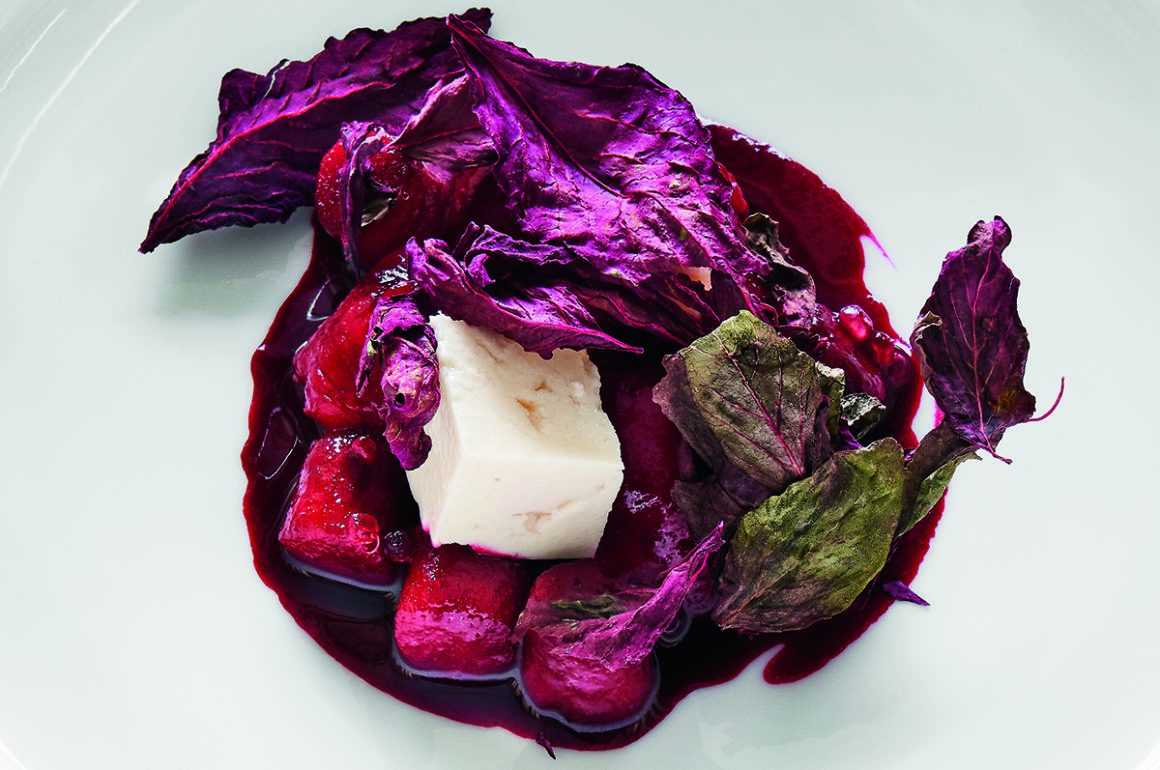
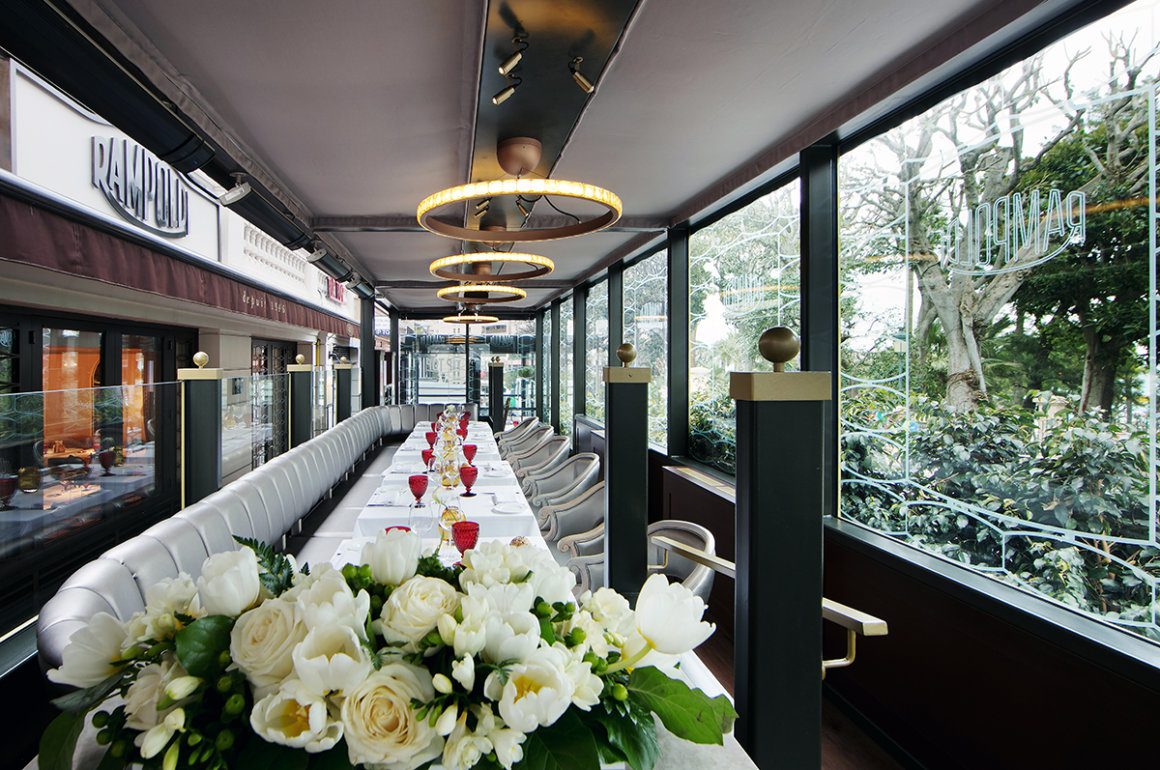
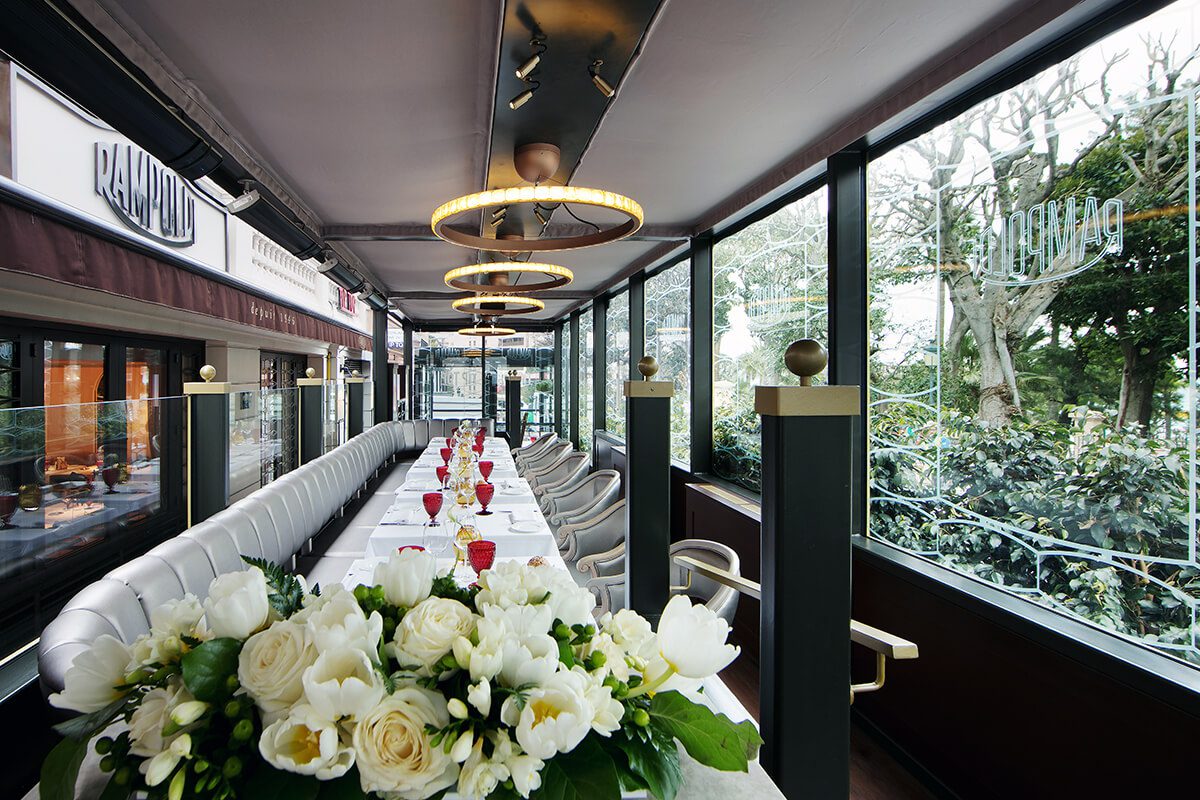

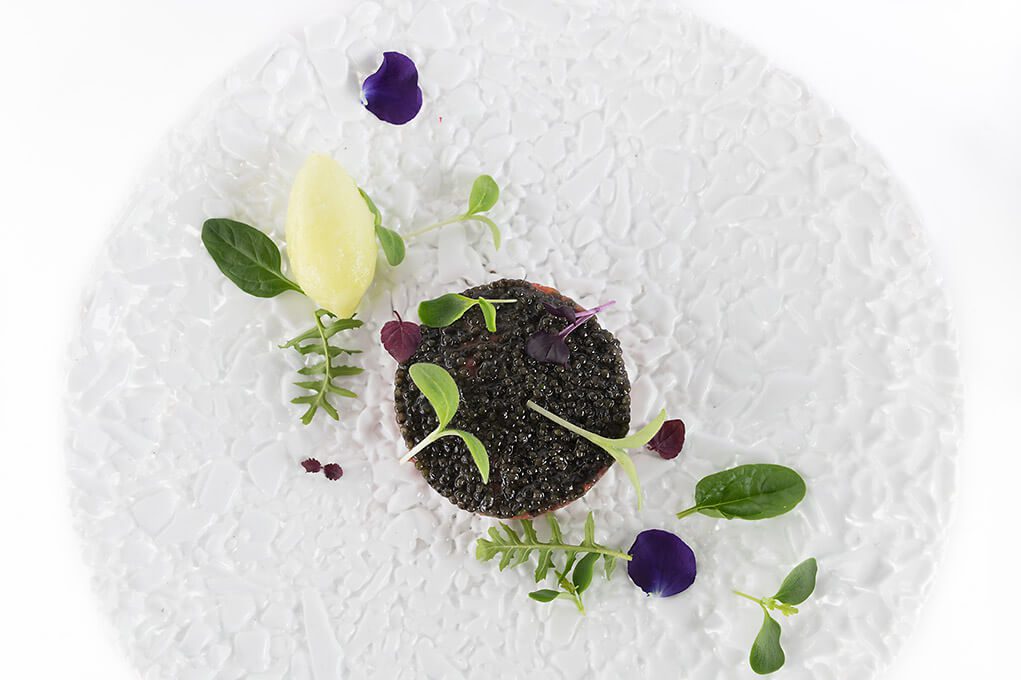
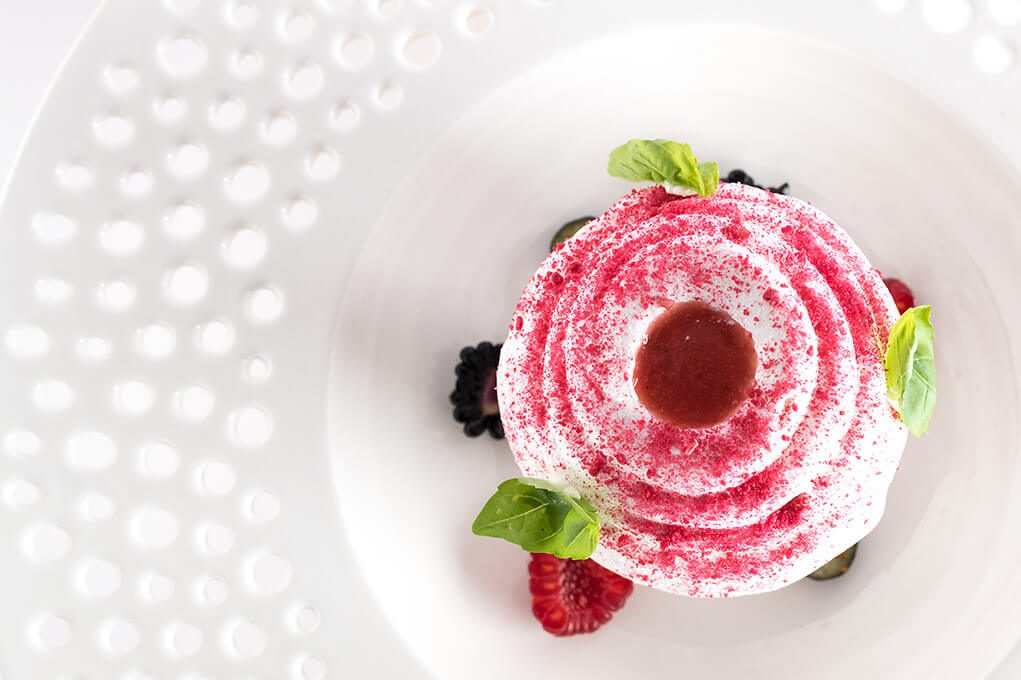





Recent Comments